
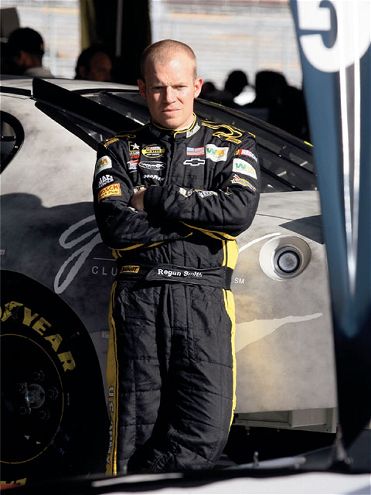 NASCAR Rookie Regan Smith has his game face on, do you? Courtesy of NASCAR
NASCAR Rookie Regan Smith has his game face on, do you? Courtesy of NASCAR
The minutes are ticking away. You can practically smell the burning rubber. You can hear the exhaust noise in your head. Now it's time to get your game on. Hopefully, to do that, you won't have to pull any all-nighters-but just in case you do, we've put together a list of some commonly overlooked items that should be checked prior to hitting the track. Let's face it, in our excitement to get the new racing season started, we've all been guilty of doing the Homer Simpson doh! at one time or another.
In the March '07 issue of Circle Track, Bob Bolles penned a terrific article dealing with post-season car maintenance. The bulk of the article dealt with the rolling stock, so with that in mind, we're going to address other areas of the car unrelated to chassis and suspension.
Prior to the new season, it is essential that you go over the motor with a fine-tooth comb to make sure that everything is clean, undamaged, and in good working order. There are obvious items and not-so-obvious items that always should be checked. So, to get a bead on what you need, we asked five racers, including our friend Chris Douglas from Comp Cams, to name the top 10 motor-related items that you shouldn't forget to check prior to race season. In addition, we asked our team here at the office their opinion on the subject. Not surprisingly, we all came up with pretty similar answers despite the fact that we all race in different divisions in different parts of the country. That being said, there were a few departures. So, instead of a top 10 list, here are the top 15 motor items that you shouldn't forget to check prior to race season.
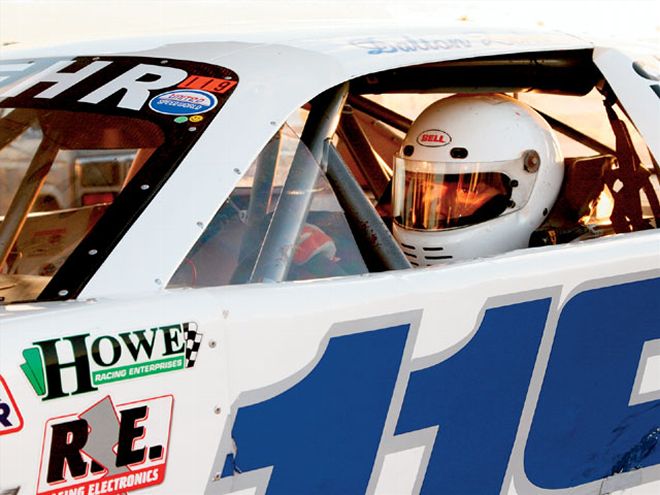 Dalton Zehr readies himself in the cockpit during a recent test session at New Smyrna Speedway in Florida. Photo by Bob Bolles
Dalton Zehr readies himself in the cockpit during a recent test session at New Smyrna Speedway in Florida. Photo by Bob Bolles
1. Valvesprings - Check them thoroughly, and remember that pressure loss could lead to major engine catastrophe.
2. Lash Valves - Take time to research how to properly lash the valves. If you think you know, double-check yourself-it never hurts to make sure you're doing it correctly. CircleTrack.com has many good articles on this subject.
3. Service/Clean Carburetor Internals - Sitting up all winter makes for a lot of corrosion and trash buildup.
4. Change Spark Plugs, Gap and Index - In fact, before the season, buy several sets of plugs and spend time properly indexing and gapping them. That way, you won't have to waste time doing it during the season.
5. Ignition System - While you're messing with the plugs, don't forget to give the ignition system the once-over. Properly indexed and gapped plugs are worthless if your plug wires need to be replaced.
6. Pull Distributor and Check Gear Wear - While looking at the distributor, pull the cap and check the internals for cracks or loose parts. Replace anything that looks out of whack.
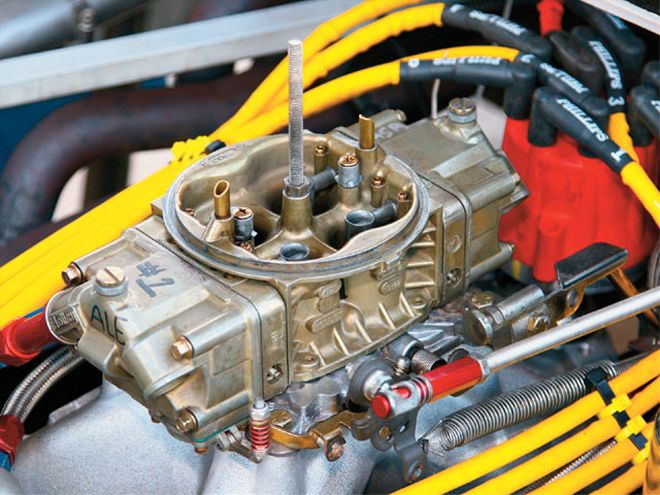 It's one of the most important parts of any engine. Make sure your carb is clean, serviced, and ready to go for the new season. Photo by Bob Bolles
It's one of the most important parts of any engine. Make sure your carb is clean, serviced, and ready to go for the new season. Photo by Bob Bolles
7. Replace Header and Valve Cover Gaskets - Just do it! That way, you will be sure to avoid any leaks or other problems.
8. Flush Fuel Lines and Check Line Condition - While it is great to check all of your fuel lines, the best approach is to replace the fuel line entirely, especially those lines that are directly exposed to engine bay heat and destructive elements. While you're working on the fuel lines, don't forget to inspect the fuel cell, inside and out, for trash, dings, rips, or other damage.
9. Service Fuel Pump - Clean it and replace the gaskets.
10. Belts - Check all the belts for wear and proper tension.
11. Radiator Flush - You might be surprised by how many racers actually forget to do this. Prior to race season, you should always flush out the radiator. Check the internals of the radiator, too.
12. Hose Replacement - Sounds logical enough, but it is easy to overlook. Check every one of your hoses and make sure they are not damaged in any way.
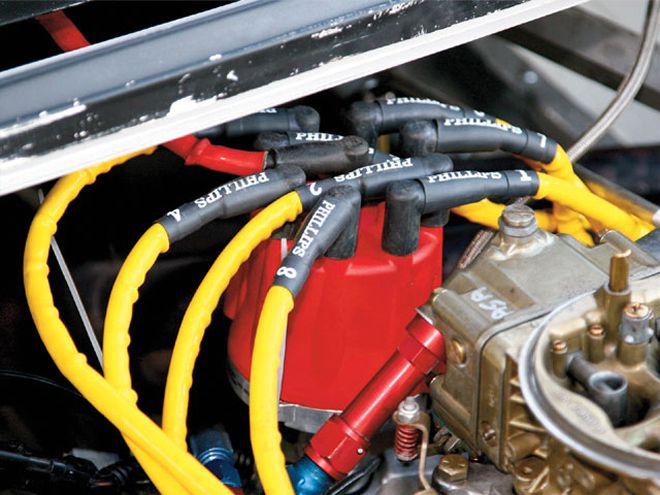 Don't overlook your distributor and plug wires, as well as the rest of the ignition system. Photo by Bob Bolles
Don't overlook your distributor and plug wires, as well as the rest of the ignition system. Photo by Bob Bolles
13. Compression Check - A compression check is always a good way to gauge your motor's internal health. If it's down, you know there is a problem somewhere and it is time to do some detective work.
14. Timing Chain - Check it and replace if necessary.
15. Nut & Bolt Everything! - So simple, yet overlooked in the heat of the season.
Safe Bet As you're giving the motor the once-over, don't forget to check all the safety equipment. While it's great to race fast, it's even better to do it safely.
Check the bottle pressure on the fire-extinguisher system. Make sure it is in the acceptable range as marked on the gauge. If not, get the system serviced before turning a single lap. Make sure all the nozzles are clean, in good working order, and free of any dirt or obstructions. Replace worn or damaged nozzles. If those nozzles are connected to a remote system with lines, double-check every line for nicks, kinks, or holes. Also, be sure that all holes the lines run through are lined with properly mounted grommets.
If it is an older system or if you're using a single bottle, now is the time to upgrade to the double-bottle system discussed in "Plumb Safe," May '07 Circle Track.
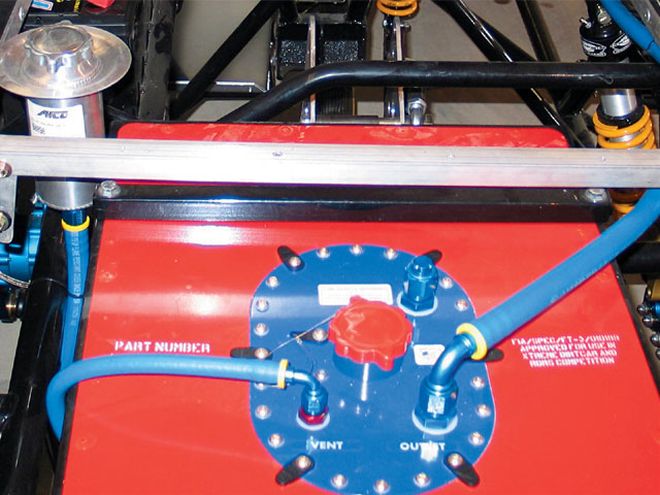 This setup has never been raced, but with a little preseason care, your fuel cell and related system should look just as good.
This setup has never been raced, but with a little preseason care, your fuel cell and related system should look just as good.
Most seatbelt manufacturers, such as Simpson Race Products, recommend that your restraint system be replaced every two years. Plus, SFI requires belt manufacturers to recertify every two years. So two years is the magic mark. But there is a new wrinkle in 2007. Beginning in January, belt makers must meet new specifications if they want their restraint systems to meet the SFI 16.5 spec. The new specification includes changes to the minimum width of the webbing, the minimum breaking strength of the webbing, and the total load-carrying ability for the whole system.
Naturally, with a new spec looming, it is a good idea to check with your track and sanction as to the spec they require. Don't wait until the last minute to do this, as some sanctions (such as NASCAR) already require racers to have driver restraint systems that meet this new specification.
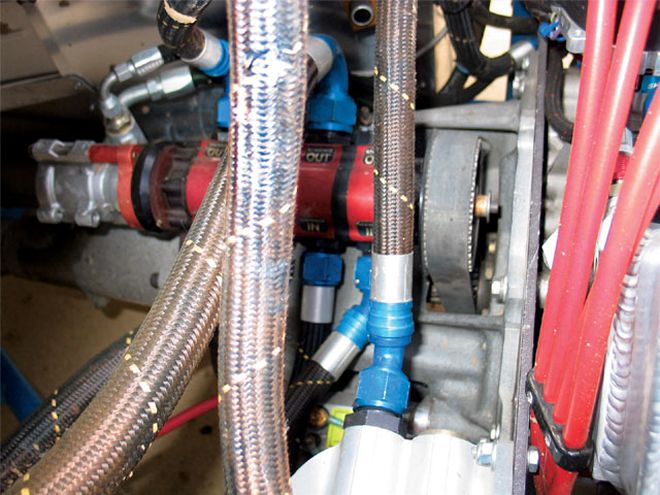 All of your belts should be in good condition and properly tensioned, while hoses need to be new or as good as new.
All of your belts should be in good condition and properly tensioned, while hoses need to be new or as good as new.
Window nets fall into the same category as seatbelts. Check with your track and your sanction to see what SFI rating they require and then be sure your equipment is up to spec. In the case of belts, nets, and your racing seat, it is critical that you check and recheck all mounting hardware, brackets, and so on. Ensure that these items are correctly mounted and free of rust, dirt, dents, and dings. If any of these items are not properly mounted, the results of a crash will be catastrophic.
"Check your suit thoroughly. Make sure the rating is in line with your series and your track," says Patrick Utt, owner of Safe-Quip and Race-Quip. You should be looking for any oil or chemical stains that could impede the fire retardancy of the suit. You should also be on the lookout for any holes or rips, especially if the suit was stored for any period of time.
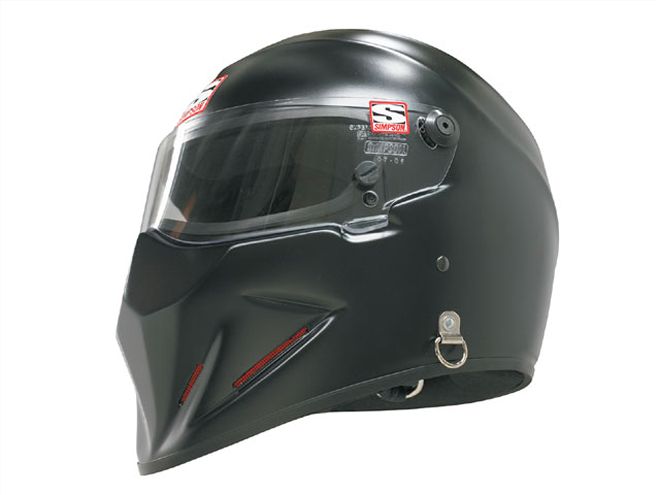 Don't forget to check the inside of your helmet to make sure the liner is in good shape. Courtesy of Simpson Race Products
Don't forget to check the inside of your helmet to make sure the liner is in good shape. Courtesy of Simpson Race Products
According to the majority of manufacturers and the Snell Foundation, helmets should be replaced every five years. Naturally, if you have a child who races and has grown, he or she will probably need a new helmet before that five-year period expires. So be sure to check the fit. A good-fitting helmet should squeeze your cheeks like your Aunt Edna. A loose-fitting helmet is a bad thing.
As with every other piece of safety equipment we've discussed so far, make sure your Snell or SFI ratings match the requirements of your track and sanction.
Check for cracks outside the helmet. According to Snell, constantly dropping a helmet on a hard surface may eventually degrade the helmet's performance. However, the real damage occurs when a helmet with a head inside contacts an object. So, if you had an accident and your head hit something inside the car, you need to go over that helmet with a fine-tooth comb.
Assuming the outside looks OK, check the liner inside. Glues, resins, and other materials used in helmet production can adversely affect liner materials over time. Hair oils, body fluids, and cosmetics, as well as normal "wear and tear," all contribute to helmet degradation. Typically, there will be a noticeable improvement in the protective characteristic of helmets over a five-year period due to advances in materials, designs, production methods, and other technology.
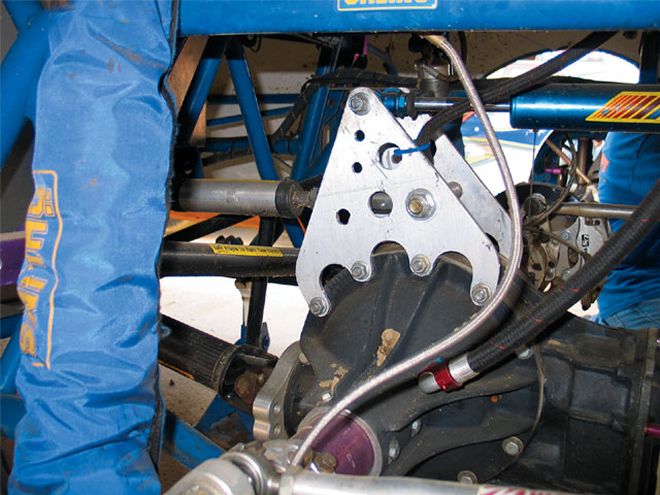 How many times have you heard about the 5-cent part costing somebody the race? Be sure everything is fastened down, properly torqued, and that you're using the right nut-and-bolt combo for the application. Check out the January issue of Circle Track for an in-depth story on bolt technology.
How many times have you heard about the 5-cent part costing somebody the race? Be sure everything is fastened down, properly torqued, and that you're using the right nut-and-bolt combo for the application. Check out the January issue of Circle Track for an in-depth story on bolt technology.
If your helmet is within the five-year range and has a good-looking outside but a mashed-down or degraded liner, some manufacturers make interchangeable or replacement liners and cheek pads. This is a great way to upgrade your helmet without spending money on a brand-new one.
Snell recommends replacing competition helmets every five years. Since HANS(r) Devices are made with similar materials and resins and are exposed to similar environments, it's a good idea to give your HANS a five-year limit, too-unless, of course, you were involved in an accident. If you crashed, you need to triple-check your HANS(r) Device. If there is any sign of structural damage, replace it. Remember, HANS(r) Devices, as well as other head-and-neck restraints, are designed to absorb energy in an accident. If you had a hard wreck and your HANS cracked, that means it did its job. Again, if you see structural damage or think you see structural damage, don't take any chances-replace it.
Now that you have tended to the car, there is one very important area that we haven't discussed: you, the driver. Most of us spent the off-season chowing down on a variety of delectable treats over the holidays. Now is the time to attack the result of those indiscretions. A friend of mine, whose specialty is road racing, wasn't planning on racing in this year's Rolex 24 at Daytona. But then he got the call to drive for a team, one week before the event. He had just seven days to get in shape to run 24 hours-not the best scenario. Granted, the Rolex 24 is an endurance race and a different animal from short track racing. Now, you may not think you're an endurance racer, but you are.
 Open wheel racer Lynsey Tilton finds rock climbing to be an effective exercise. Courtesy of PitFit Training
Open wheel racer Lynsey Tilton finds rock climbing to be an effective exercise. Courtesy of PitFit Training
Look at it this way: A Nextel Cup team practices Friday and Saturday, then races once on Sunday. Short trackers run multiple races in one night, many times racing multiple nights in a row during the week. A short track racer's body goes through a lot of abuse in one weekend of racing, especially when you consider most of us are wrenching on our own cars without the benefit of 20 highly paid Cup crew guys. So, as short trackers, we need excellent stamina and endurance and enough upper body strength to wheel a race car around a variety of tracks.
To get some tips on good training habits for short track racers, we caught up with Jim Leo, founder of PitFit Training, the official trainer for USAC. Leo's company offers a range of services, from the basics to full-on custom workouts with one-on-one trainers. It even has an online training program called ePitFit. Formed in 1997, PitFit has gained many of the NASCAR and IRL drivers in the country as clients. But about 2-3 years ago, his clientele began expanding to include short track drivers, such as Josh Wise.
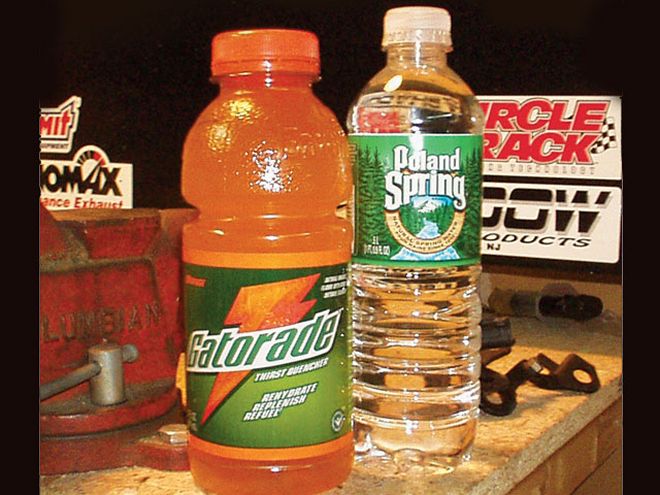 To keep yourself hydrated on race day, go for water or a sports drink. Stay away from soda and energy drinks.
To keep yourself hydrated on race day, go for water or a sports drink. Stay away from soda and energy drinks.
"A lot of short track drivers were saying to us that they felt good for the first one or two races, but by the end of the night or weekend, as the case may be, they were barely hanging on," explains Leo. "They wanted to feel as good at the end of the night as they did at the beginning."
Think about this for a minute: The average racer's heart rate during a race is 160-170 beats per minute. That's just like running a 5K. Who says drivers aren't athletes?
PitFit trainers began designing programs tailored to the short tracker. One common thread among all the programs is the focus on high-intensity activities such as interval training on a rowing machine and working out on a baseball field where you run and jump to keep the heart rate up, like it is in a race car.
Leo's programs focus on three primary areas of fitness: core strength, shoulder strength, and something he calls RFS, or reaction in a fatigued state. RFS consists of two parts. During high-intensity training, you stop every five minutes to do a reaction exercise, such as catching a workout ball that someone throws at you or trying to catch playing cards before they hit the ground. These exercises are designed to boost your reaction time, a critical ability for any race car driver.
Naturally, any physical training is something that you need to discuss with your doctor and then a professional trainer before starting a program.
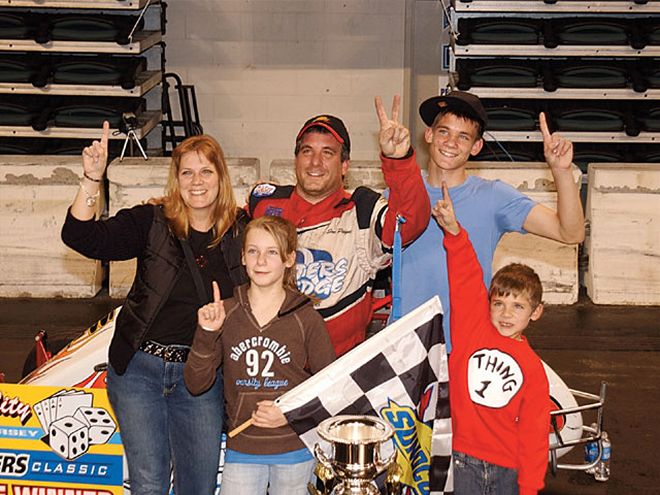 "The Jersey Jet" Joey Payne and his family showing the results of proper preparation and staying loose in the off-season. It was his second win in the Gambler's Classic indoor Midget race held in Atlantic City's Boardwalk Hall. Photo by Jim Smith
"The Jersey Jet" Joey Payne and his family showing the results of proper preparation and staying loose in the off-season. It was his second win in the Gambler's Classic indoor Midget race held in Atlantic City's Boardwalk Hall. Photo by Jim Smith
Beyond training, Leo clued us in on something else that every racer needs to consider-food. "The most important things are pre-competition nutrition and post-competition nutrition," says Leo. It's the old adage "you are what you eat."
On a day that you are racing, you should have a big-carbohydrate, moderate-protein breakfast and lunch. Then, two hours (not two minutes) before the green flag, you should again go for the big-carb/moderate-protein meal (e.g., pasta with grilled chicken). Remember, you're looking for lean protein, not a hunk of fatback.
On race day, you should increase your fluid intake. The best thing is water, although sports drinks such as traditional Gatorade and Powerade are good. Leo says that you should stay away, far away, from soda and energy drinks. Their high sugar and caffeine content will rob your body of the stamina and endurance you need for the race.
About one hour before the race you should have a bottle of Gatorade, then don't drink anything 20-30 minutes before the race. Drinking too much fluid too close to race time can make you have to go to the bathroom during the race, and worse, cause cramping or other gastrointestinal problems. If your mouth gets dry, take Leo's advice and chew on a cup of ice.
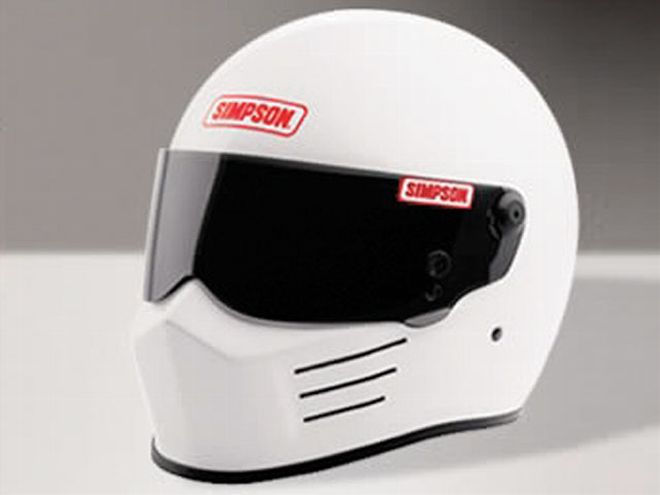
Finally, as soon as the race is over, grab a bottle of Gatorade to replenish the electrolytes and nutrients that you sweated out during the event.
If you have to race again, say an hour later, Leo says its ideal to grab a snack to keep the energy up. He recommends a banana and a PowerBar or yogurt with some type of fruit. Leo stresses to all racers who take his course to always pack their own food. With apologies to the concession stand, track food is very fatty and hard to digest, which can cause problems during the race. Soup, energy bars, lean all-natural beef jerky, and fruit are all great snacks.
Leo's goal is a simple one: "We want to make sure that we are part of the puzzle to get our drivers to Victory Lane." That said, good nutrition and good exercise should be a part of your racing plan.
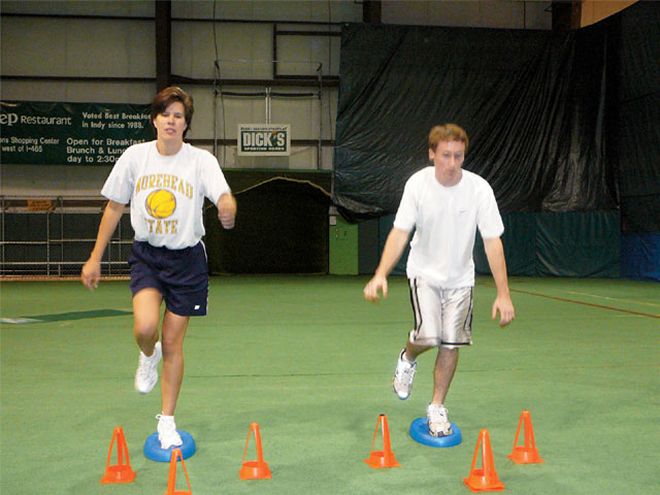
Stayin' Loose Lastly, stay loose. Many drivers race other types of cars during their typical off-season to stay mentally sharp and avoid letting rust accumulate. Nextel Cup driver Ken Schrader is well known for doing this, racing his dirt car almost every weekend through December and January.
Guys like Tim McCreadie and John Blewett even take to the indoors for events like January's Chili Bowl in Tulsa, Oklahoma, or the Gambler's Classic in Atlantic City, New Jersey. Blewett raced in this year's Gambler's Classic and finished Third behind Second-Place Lou Cicconi and winner Joey Payne. All three drivers are regulars in other sanctions (Blewett NASCAR mods, Payne and Cicconi ISMA and NEMA) but keep their skills sharp while having fun by racing in the "off-season."